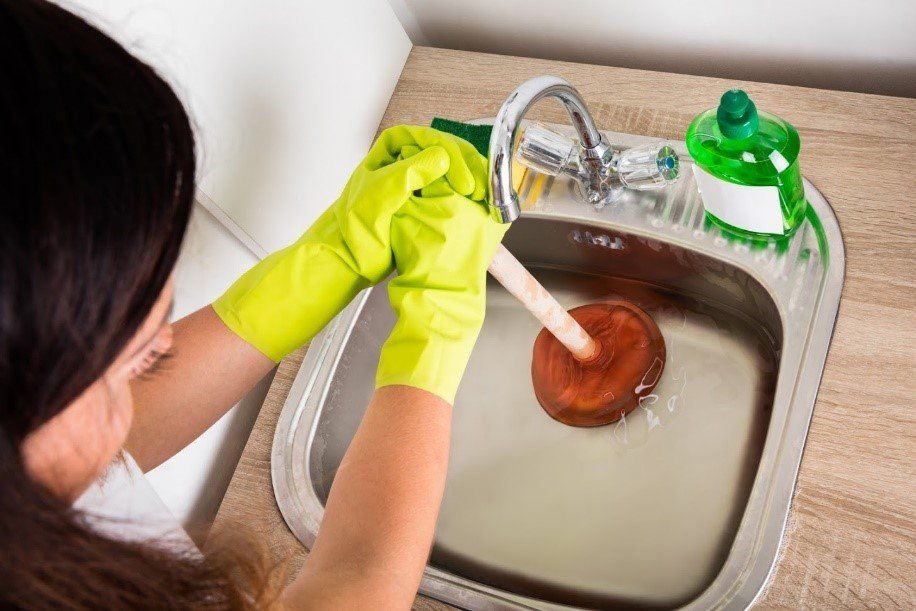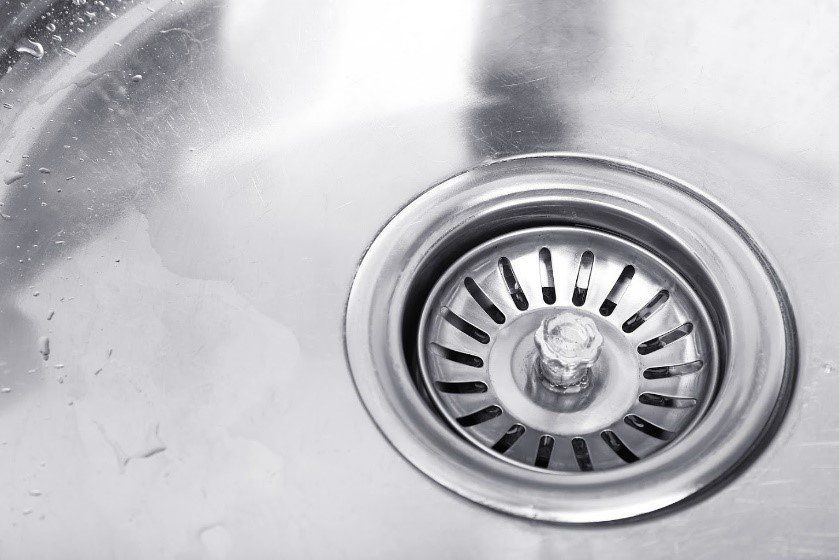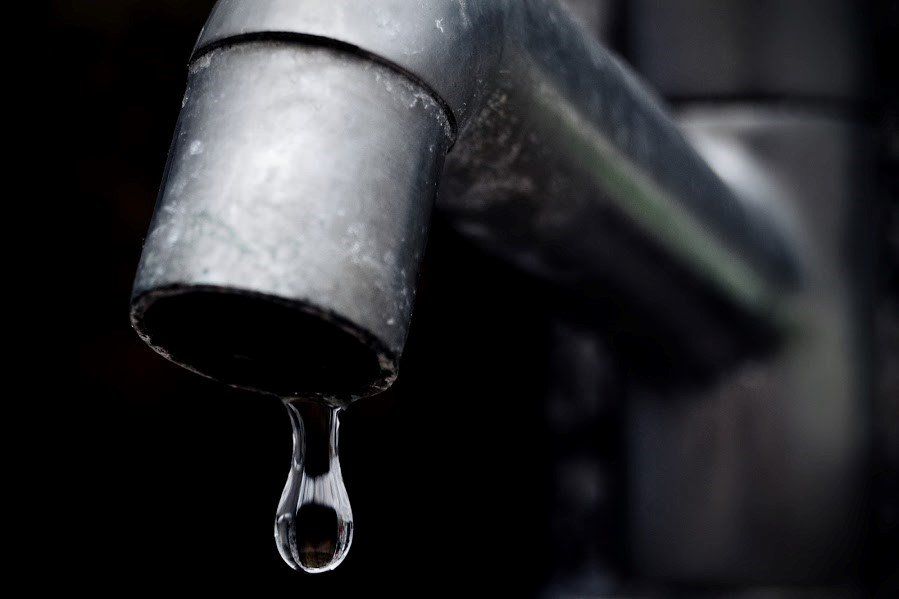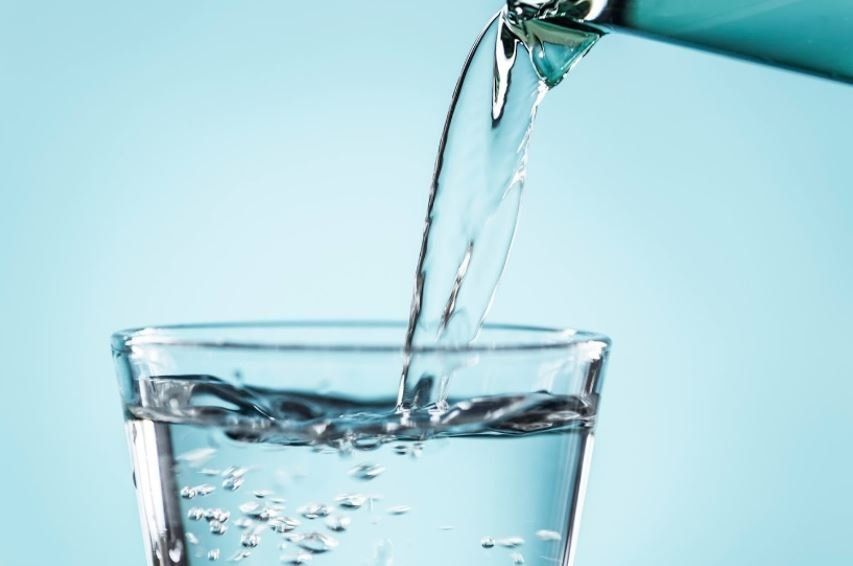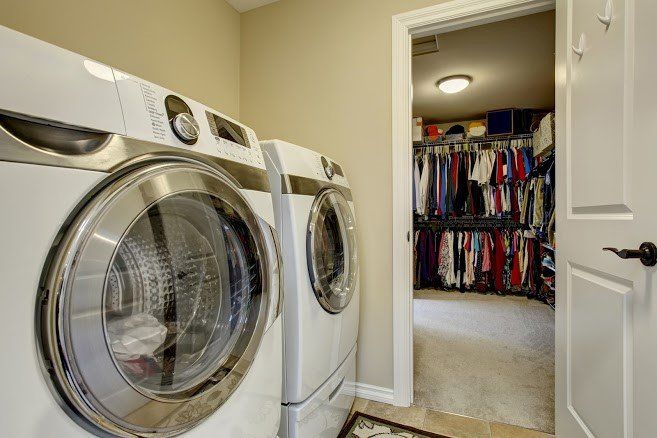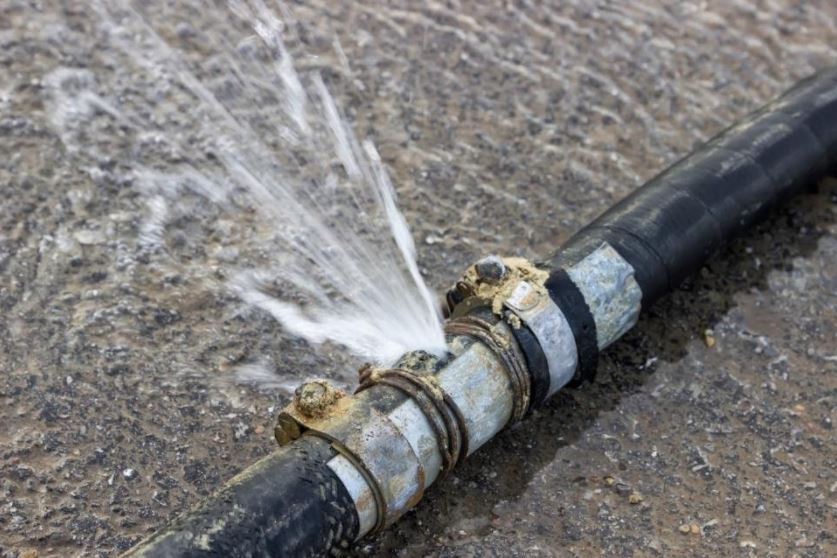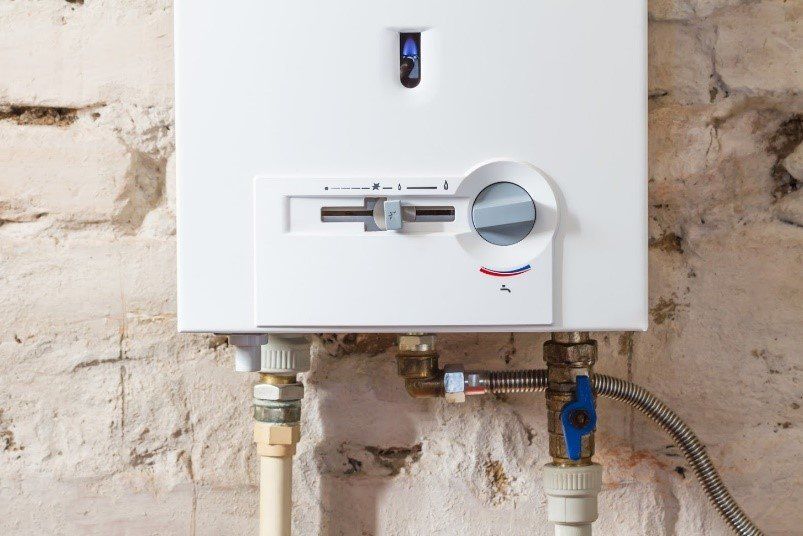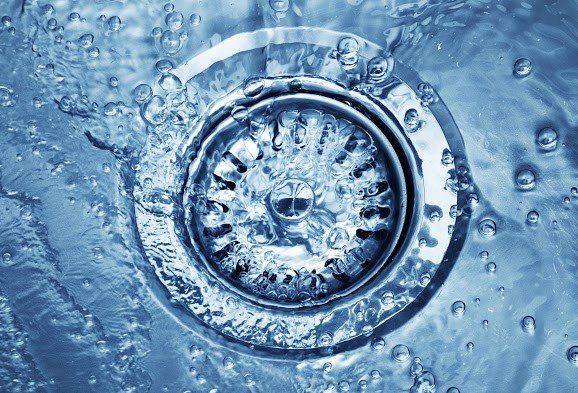The Hydro-Jetting Process: A FAQ
If you haven't had a lot of plumbing or sewer problems in the past, you may feel slightly overwhelmed by the different repair and maintenance options and words like hydro-jetting. Fortunately, this is not rocket science, and educating yourself about different sewer repair methods can help you prepare for them as you budget your time and money.
Discover some FAQ you may have about hydro-jetting.
What is Hydro-Jetting?
Hydro jetting is the process of using high pressured water to thoroughly clean the inside of the plumbing drain lines. The high-pressured water flow removed grease, dirt, scale and debris from inside the piping.
Why have Hydro-Jetting done?
Over time grease, dirt, scale and debris build up on the drain pipe walls. As these things build up on the piping walls it begins to constrict the pipe. If the pipe becomes too constricted it will no longer drain properly. This can also allow items flushed to get stuck in that build-up constricting the piping even more. All these factors will increase the chances of having a sewer back up.
Is Hydro-Jetting Expensive or Time-Consuming?
The amount of equipment and personnel required for hydro-jetting is small, so cost typically depends on how long the process takes, which depends on the size of the job. If the job is larger or more advanced (or turns out more complicated than expected), it may take a bit longer than usual.
Your contractor can provide a solid estimate for both time and costs after inspecting the pipe that you need cleaned. But typically, this procedure is simpler, quicker, and more affordable than alternate sewer line repairs (such as those that include excavation).
How Can You Tell If Hydro-Jetting Is the Right Choice?
Before the jetting procedure, your contractor will run a sewer camera down the line to check what's wrong with your sewer pipe. This allows the contractor to see the condition of the pipe, ascertain whether hydro-jetting will quickly and effectively fix the problem, and estimate how long the process will take.
Does Hydro-Jetting Carry Any Risks or Downsides?
The biggest risk of hydro-jetting occurs when the equipment is used by inexpert personnel. This is why you should never attempt to DIY your hydro jetting. Fortunately, by choosing an experienced plumber, you avoid this potential downside. And as always, you should select a contractor with good insurance and warranties for added peace of mind.
Your plumber knows what level of water pressure to use on the pipes to avoid damage. Hydro-jetting pressure can vary, and your contractor can adjust that pressure to ensure that the jets of water will remove blockages without causing damage to the walls of your sewer pipes.
Is Hydro-Jetting Eco-Friendly?
Hydro-jetting is considered an environmentally friendly repair option for several reasons. One is because, unlike some alternative options, it requires no digging. Excavation can not only disrupt wildlife and plant life in your yard but could result in erosion that contaminates nearby waterways with sediment. So avoiding excavation when possible is more ecologically friendly.
Another reason hydro-jetting is considered ecologically friendly is because it uses only water to scour your pipes with no harsh drain cleaning chemicals. Finally, hydro-jetting is much more eco-friendly than letting sewer problems go unrepaired, since that could result in contaminating the groundwater and the soil in the area.
What Situations Contraindicate Hydro-Jetting Procedures?
While hydro-jetting does have a variety of uses, some situations exist where jetting may not be the best repair option. For instance, if the pipe is structurally compromised, hydro-jetting won't fix it. A cracked or collapsed pipe will leak no matter how clean it is. In this scenario, you may have to dig up and replace the pipe or repair it with a trenchless method.
Very old, fragile pipes may not be ideal for jetting either, especially if extra-high water pressure levels are necessary. If you have very old pipes, be sure to discuss this with your contractor before you decide on jetting.
These questions and answers can help you become more familiar with hydro-jetting before you schedule a jetting procedure for your own sewer or drain lines. If you'd like to schedule a professional visit for sewer problems now, get in touch with Scotto's Plumbing today.



